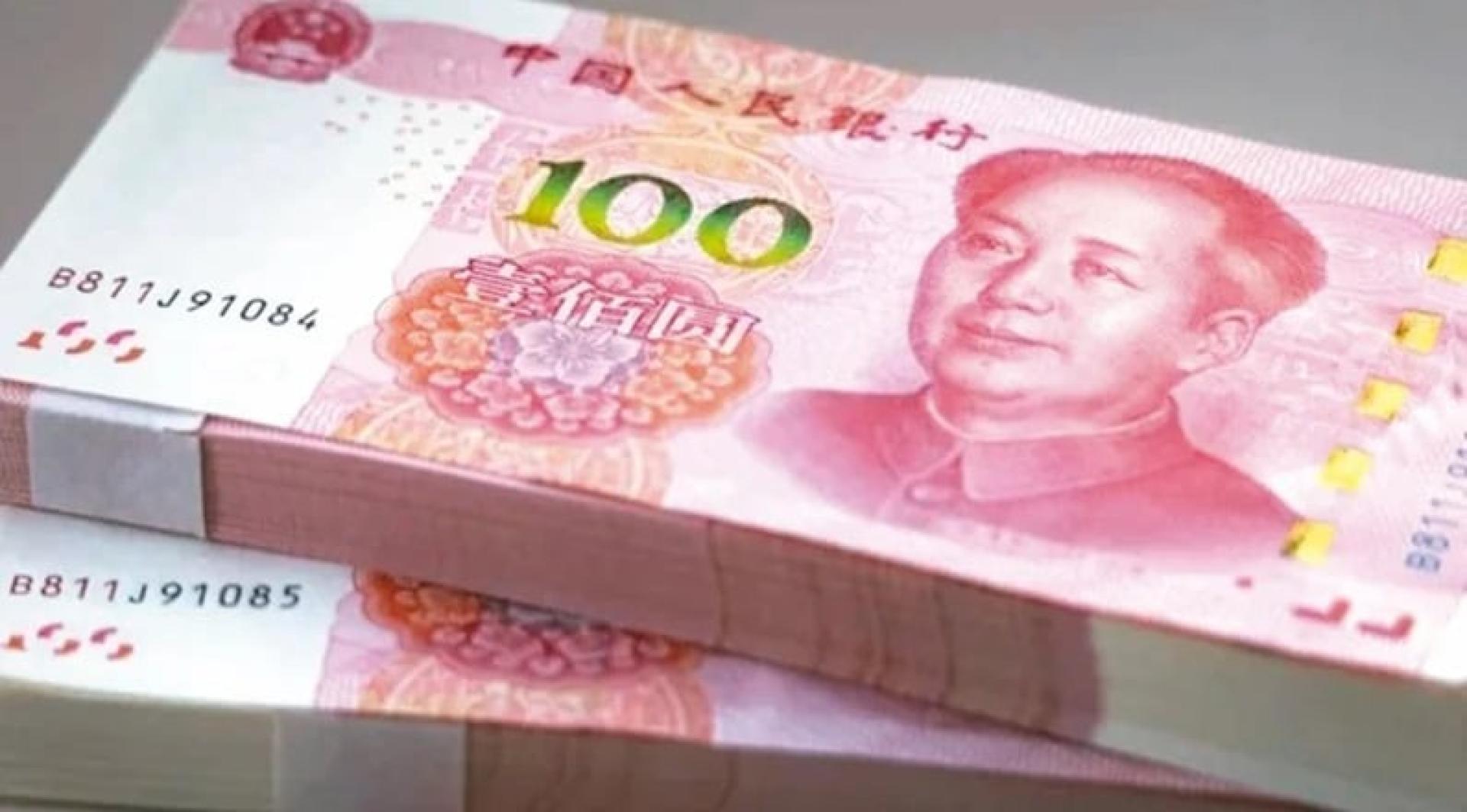The process of RMB internationalization has taken another step forward. The Bank for International Settlements (BIS) recently released its triennial survey showing that the RMB's global trading volume has soared to a daily amount of 817 billion US dollars (3.45 trillion ringgit), accounting for 8.5% of global foreign exchange market trading. At the same time, as the 5th largest currency by global trading volume, the gap between the RMB and the 4th-ranked British pound is rapidly narrowing—the pound’s share of trading has fallen from 12.9% to 10.2%.
According to a report by the Shanghai Securities News, this progress reflects the steady trend of RMB internationalization. In recent years, RMB internationalization has advanced on multiple fronts, achieving breakthroughs in areas such as trade settlement and investment and financing. Industry insiders believe that, as the trend toward a multipolar international monetary system becomes clear, the RMB may usher in an important window of opportunity for further internationalization.
"The offshore RMB market is expected to become the main battleground for RMB internationalization." According to Goldman Sachs China Chief Economist Shan Hui, RMB internationalization may play a greater role in areas such as outbound direct investment.
From an external environment perspective, Liang Si, a researcher at the Bank of China Research Institute, stated that the current international currency landscape is evolving from a US dollar-dominated unipolar model to a multipolar system. The share of the US dollar in global foreign exchange reserves and international payments is showing a downward trend, while the share of non-US currencies such as the euro and RMB in international trade settlement, investment and financing, and foreign exchange transactions is steadily increasing.
Shan Hui recently noted that emerging market central banks are increasingly willing to diversify their assets. Although this is still in its early stages, the demand for asset diversification by emerging market countries is expected to open the door for accelerated RMB internationalization in the coming years.
From an internal environment perspective, Liang Si stated that the robust development of Mainland China's economy and the continued opening up of its financial markets provide the foundation and broad market space for RMB internationalization. In addition, the advancement of the Belt and Road Initiative has also created application scenarios for cross-border use of RMB in Belt and Road countries and regions.
